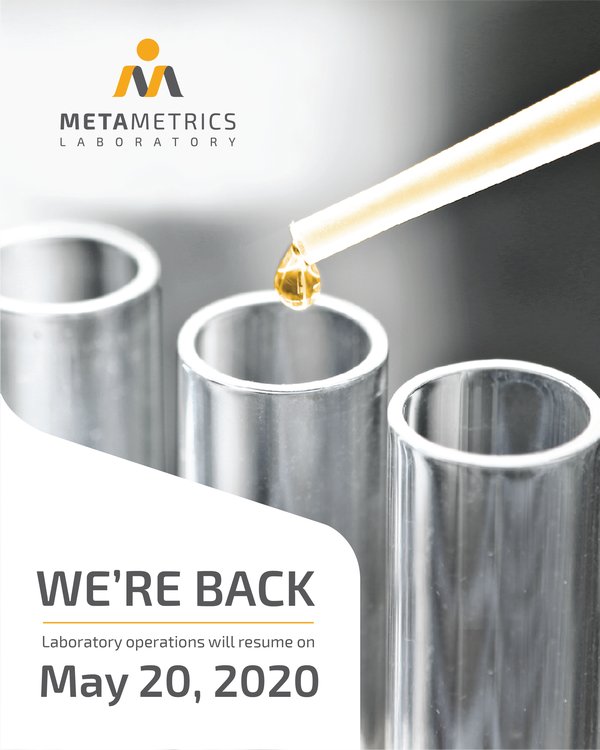Total Glutathione
Gluthathione is a low molecular thiol found in animal cells. Most of it is present in the cytosol, and the rest is within the cell organelles 1. It exists in reduced (GSH) and oxidized (GSSG) forms2.
The role of gluthathione in human health varies from signal transduction, gene expression, apoptosis, protein gluthathionylation, and nitric oxide metabolism 1.
Signs and Symptoms of Deficiency or Toxicity
It is uncommon to find diseases resulting from gluthathione deficiency3. However, hemolytic anemia is associated with a genetic defect in gluthathione metabolism4.
Levels of gluthathione are greatly reduced in cases of protein-energy malnutrition and oxidative stress1.
No available scientific evidence for symptoms of gluthatione overdose.
Biomarker and Methods of Analysis
TOTAL GLUTATHIONE IN WHOLE BLOOD.
Although gluthathione is found mostly in RBC, use of whole blood is preferred over RBC to minimize variability caused by multiple sample preparation steps that requires removal of Hb.5
Supplementation Guide
Supplementation dosage: No supplementation guidelines for the general public.
Upper limit or observed safe level: No upper limit established.
Potential interactions: No information available.
Gluthathione itself is not found in food. However, gluthathione may be increased by limiting alcohol intake2.
(2) Pizzorno J. Glutathione! Integrative Medicine: A Clinician’s Journal. 2014;13(1):8-12.
(3) White AC, Thannickal VJ, Fanburg BL. Gluthathione deficiency in human disease. The Jornal of Biochemistry 1994; 5(5): 218-226.
(4) Ristoff E, Larsson A. Inborn errors in the metabolism of gluthathion. Orphanet Journal of Rare Diseases 2007; 2:16.
(5) Lovemore Hakuna, Brandon Doughan, Jorge O. Escobedo, and Robert M. Strongin.A simple assay for glutathione in whole blood.https://www.ncbi.nlm.nih.gov/pmc/articles/PMC4449837/



